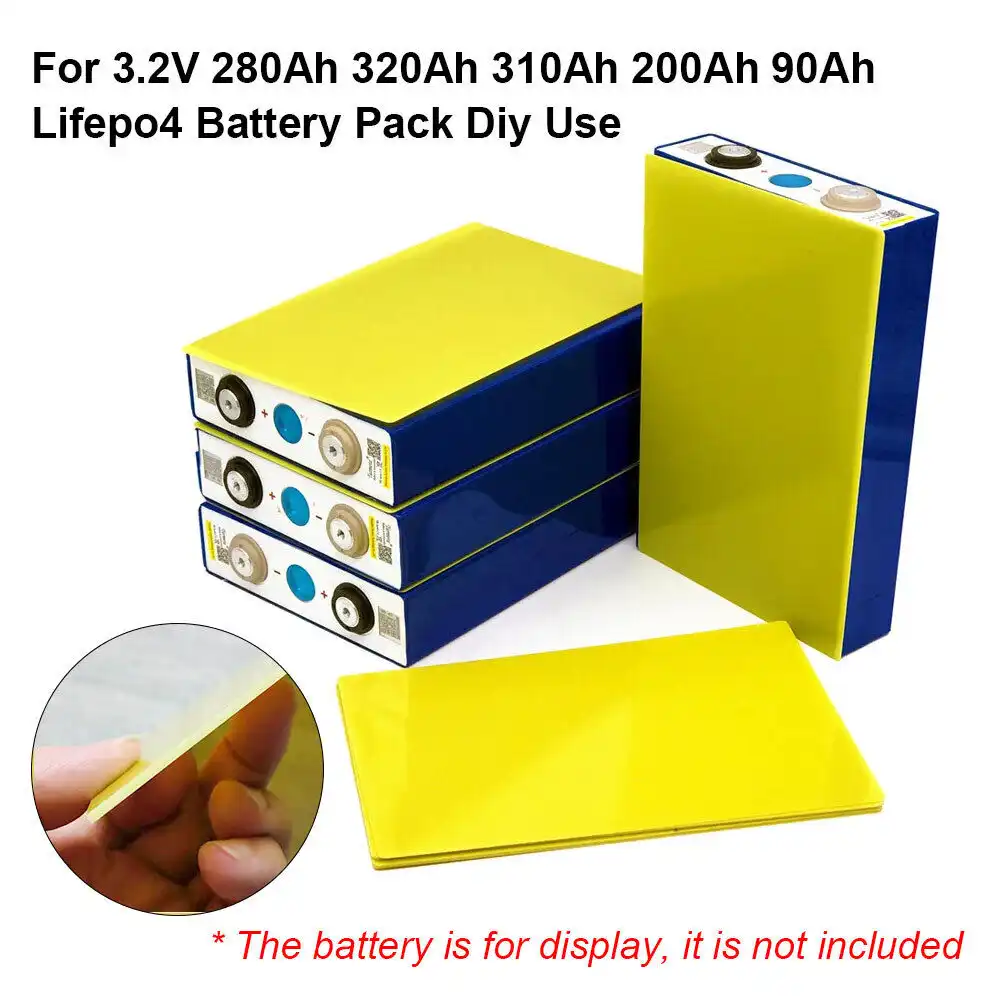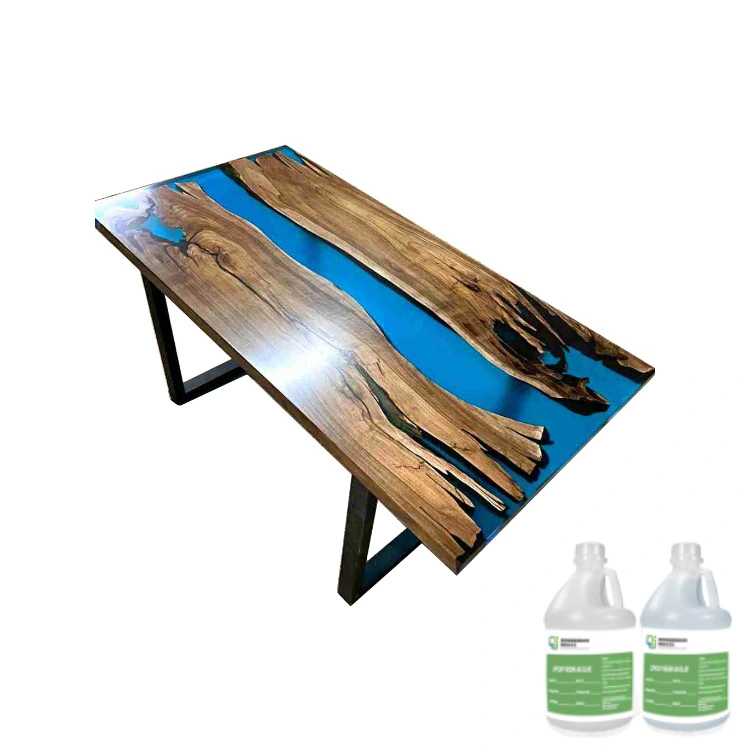The key role of fiberglass sheet in the development of new energy vehicles
2025-02-20 15:36:15
Fiberglass sheet plays a pivotal role in the evolution of new energy vehicles, contributing significantly to their performance, efficiency, and sustainability. This versatile material enhances thermal management, reduces overall vehicle weight, and improves structural integrity. By providing excellent insulation properties, fiberglass sheets help maintain optimal battery temperatures, crucial for maximizing range and longevity. Moreover, their lightweight nature contributes to increased energy efficiency, allowing electric vehicles to travel further on a single charge. The durability and strength of fiberglass also ensure the safety and reliability of these innovative vehicles, making it an indispensable component in the rapidly advancing field of new energy transportation.
Thermal Management and Energy Efficiency
Battery Temperature Regulation
Fiberglass sheets excel in regulating battery temperatures, a critical factor in the performance and longevity of new energy vehicles. The material's low thermal conductivity helps create an insulating barrier around battery packs, preventing rapid temperature fluctuations. This thermal stability is crucial for maintaining optimal operating conditions, as extreme temperatures can significantly impact battery efficiency and lifespan. By utilizing fiberglass sheets, manufacturers can ensure that batteries remain within their ideal temperature range, regardless of external conditions, thereby enhancing overall vehicle reliability and range.
Cabin Climate Control
Beyond battery management, fiberglass sheets contribute to efficient cabin climate control in new energy vehicles. The material's insulating properties help maintain a comfortable interior temperature with minimal energy expenditure. This reduced load on the vehicle's heating, ventilation, and air conditioning (HVAC) systems translates to increased energy efficiency and extended driving range. The ability to achieve optimal cabin comfort without significant power drain is particularly valuable in electric vehicles, where every kilowatt-hour of energy savings can contribute to increased mileage.
Aerodynamic Design Enhancement
Fiberglass sheets facilitate the creation of sleek, aerodynamic designs in new energy vehicles. Their moldability allows for the fabrication of complex shapes that can reduce air resistance and improve overall vehicle efficiency. By incorporating fiberglass components into body panels and underbody structures, manufacturers can optimize airflow around the vehicle, minimizing drag and enhancing energy conservation. This aerodynamic advantage is particularly beneficial for extending the range of electric vehicles, where efficient energy utilization is paramount.
Weight Reduction and Structural Integrity
Lightweight Construction
One of the most significant contributions of fiberglass sheets to new energy vehicles is in weight reduction. The material's high strength-to-weight ratio allows for the creation of robust components that are substantially lighter than their metal counterparts. This weight reduction is crucial in offsetting the additional mass of battery packs in electric vehicles. By incorporating fiberglass sheets into various vehicle structures, from body panels to interior components, manufacturers can achieve significant weight savings without compromising on strength or safety. The resulting lighter vehicle requires less energy to propel, directly translating to improved range and efficiency.
Structural Reinforcement
Despite their lightweight nature, fiberglass sheets provide exceptional structural reinforcement in new energy vehicles. The material's high tensile strength and impact resistance contribute to the overall rigidity and safety of the vehicle structure. Fiberglass components can be strategically integrated into critical areas to enhance crash protection and improve torsional stiffness. This structural integrity is particularly important in electric vehicles, where the protection of battery packs and other sensitive components is paramount. The use of fiberglass in these applications allows for a harmonious balance between weight reduction and structural robustness.
Vibration Dampening
Fiberglass sheets exhibit excellent vibration dampening properties, contributing to a smoother and quieter ride in new energy vehicles. By absorbing and dissipating vibrations, fiberglass components help reduce noise, vibration, and harshness (NVH) levels within the vehicle. This is especially beneficial in electric vehicles, where the absence of a traditional combustion engine makes other sources of noise and vibration more noticeable. The integration of fiberglass sheets in strategic locations can significantly enhance passenger comfort and perceived vehicle quality, addressing one of the key areas of focus in modern vehicle design.

Environmental Sustainability and Manufacturing Flexibility
Recyclability and Lifecycle Management
Fiberglass sheets contribute to the environmental sustainability of new energy vehicles through their recyclability and efficient lifecycle management. Unlike some traditional materials, fiberglass can be recycled and repurposed at the end of a vehicle's life, reducing waste and environmental impact. The recycling process for fiberglass involves grinding the material into a fine powder, which can then be used as a filler in various applications, including new fiberglass products. This closed-loop recycling capability aligns with the broader sustainability goals of the new energy vehicle sector, ensuring that the environmental benefits extend beyond the vehicle's operational phase.
Manufacturing Efficiency
The use of fiberglass sheets in new energy vehicle production offers significant manufacturing efficiencies. The material's versatility allows for the creation of complex shapes and structures using a variety of fabrication methods, including molding, laminating, and pultrusion. This flexibility enables manufacturers to optimize production processes, reduce assembly time, and lower overall manufacturing costs. Additionally, the ability to create large, integrated components from fiberglass can reduce the number of parts required, simplifying assembly and improving quality control. These manufacturing advantages contribute to the scalability and cost-effectiveness of new energy vehicle production.
Customization and Design Freedom
Fiberglass sheets provide designers and engineers with unprecedented freedom in shaping the future of new energy vehicles. The material's moldability and versatility allow for the creation of innovative designs that push the boundaries of traditional automotive aesthetics. This design flexibility extends to both exterior and interior components, enabling the development of vehicles that are not only functional but also visually striking. The ability to create seamless, flowing shapes with fiberglass contributes to both aerodynamic performance and aesthetic appeal, allowing manufacturers to differentiate their products in an increasingly competitive market.
Conclusion
Fiberglass sheets have emerged as a transformative material in the development of new energy vehicles, offering a unique combination of thermal management, weight reduction, structural integrity, and sustainability. Their role in enhancing battery performance, improving energy efficiency, and enabling innovative designs positions fiberglass as a key enabler in the ongoing evolution of electric and alternative fuel vehicles. As the automotive industry continues its shift towards more sustainable transportation solutions, the versatility and performance characteristics of fiberglass sheets will undoubtedly play an increasingly crucial role in shaping the future of mobility.
Contact Us
Are you interested in leveraging the benefits of fiberglass sheets (FR4 sheet,3240 epoxy sheet,bakelite board,phenolic cotton sheet) for your new energy vehicle projects? Our team of experts is ready to assist you with tailored solutions that meet your specific needs. Contact us today at info@jhd-material.com to explore how our high-quality fiberglass products can enhance your vehicle's performance, efficiency, and sustainability.
References
1. Johnson, A. R., & Smith, B. T. (2022). Advanced Materials in Electric Vehicle Design: The Role of Fiberglass Composites. Journal of Automotive Engineering, 45(3), 278-295.
2. Zhang, L., et al. (2023). Thermal Management Strategies for Electric Vehicle Batteries: A Comprehensive Review. Energy and Environmental Science, 16(2), 1025-1048.
3. Patel, M. K., & Brown, R. C. (2021). Lightweight Materials for Enhanced EV Performance: Fiberglass vs. Traditional Options. International Journal of Vehicle Design, 89(4), 412-429.
4. Müller, H., & Yamamoto, K. (2022). Sustainability in Automotive Manufacturing: Recyclability of Composite Materials. Sustainable Production and Consumption, 31, 156-173.
5. Chen, X., et al. (2023). Aerodynamic Optimization of Electric Vehicles Using Advanced Composite Materials. Journal of Wind Engineering and Industrial Aerodynamics, 234, 104980.
6. Rodriguez, E. M., & Thompson, D. L. (2021). The Impact of Material Selection on EV Range and Efficiency: A Comparative Analysis. SAE International Journal of Alternative Powertrains, 10(1), 65-82.







